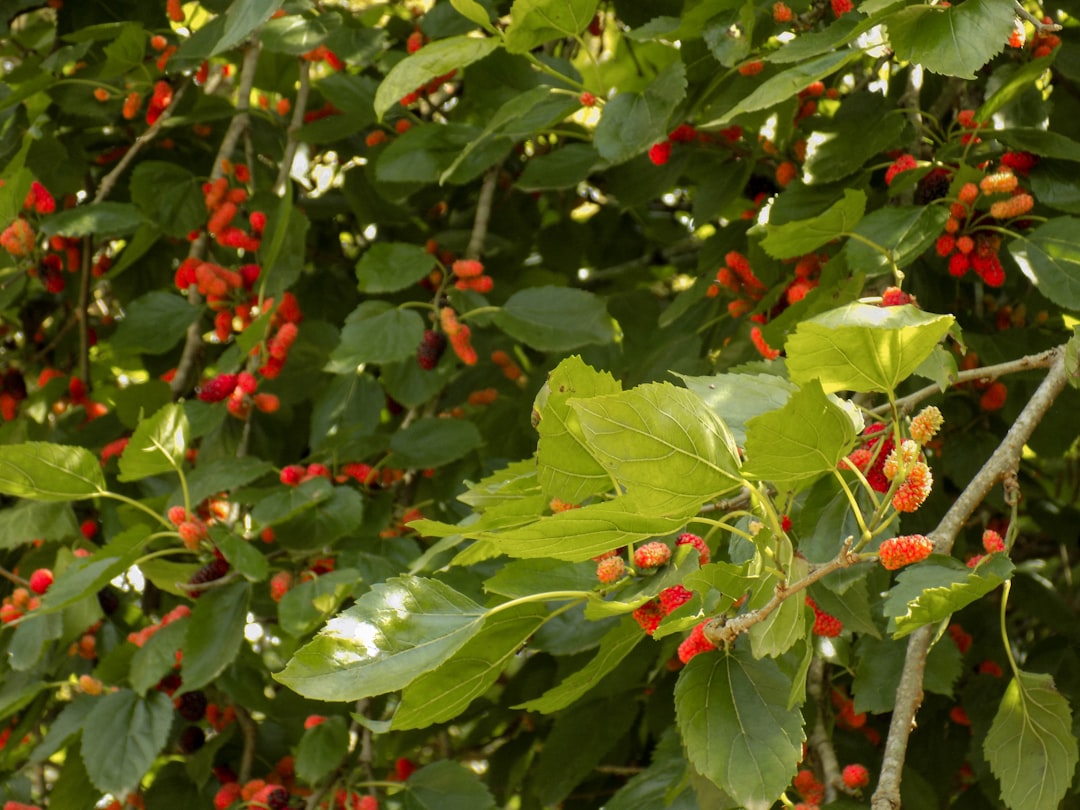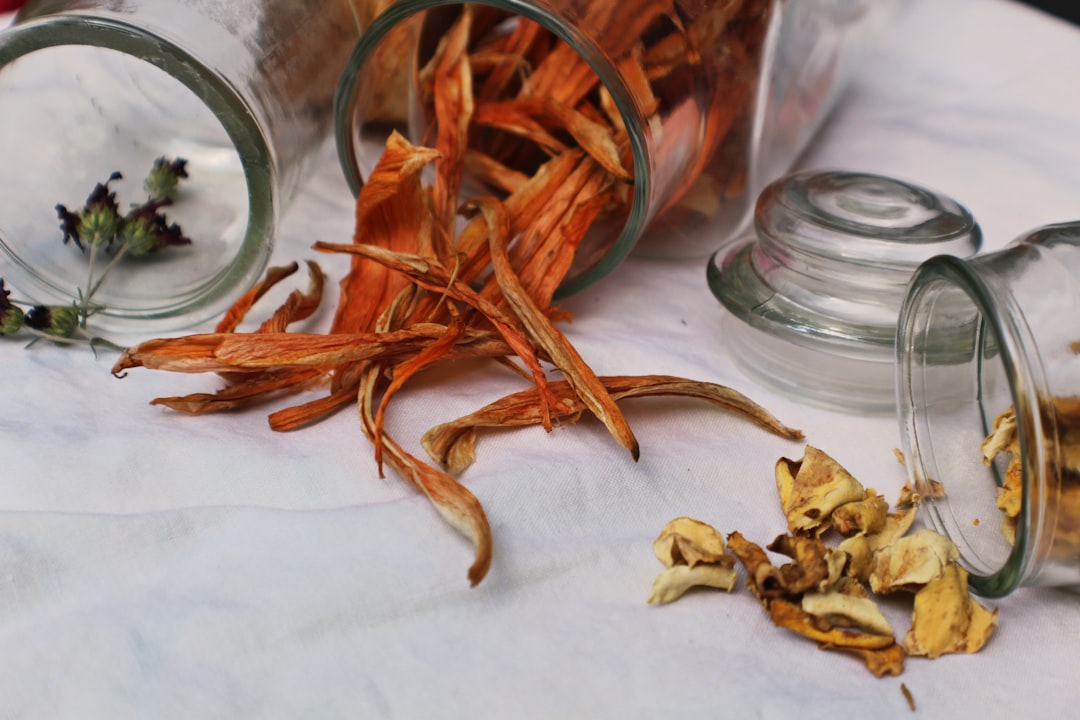What is it about?
The aim of this study was to investigate the role of tetrahydrocurcumin (THC) against various skin health parameters using in vitro human foreskin fibroblast and melanoma cell lines (i.e. HFF-1 and B16-F10).
Featured Image
Why is it important?
The study was assessed using cell viability by MTT assay, identification of extracellular matrix component in HFF-1 cell line (i.e. collagen, elastin and hyaluronic acid), melanin synthesis in B16-F10 cells, cell viability against UVB-induced stress in HFF-1 cells, and in vitro wound healing by the scratch assay. THC was found to be safe and nontoxic up to the concentration of 10 µg/mL with improved level of collagen (37.90%), elastin (90.1%), and hyaluronic acid (74.19%) at 1 µg/mL. Besides, melanin was significantly inhibition by 78.5% at the lowest THC concentration of 0.1 µg/mL. UVB-protection rate was significantly improved by 61.2% and improved cell viability by THC in HFF-1 cells, which indicated protection from photoaging. In addition, THC showed significant wound healing activity (78.51%) and greater migration of fibroblast in HFF-1 cells at different time period. It can be concluded from the study that THC can protect the skin matrix with improved extracellular component synthesis and would healing via collagen synthesis in the skin, which improved the skin elasticity and tightness. Overall, it might be suggested that THC can be used as a safe skin whitening agent, wounds management, cosmetic applications, and treating various skin-related disorders.
Read the Original
This page is a summary of: Protective effects of tetrahydrocurcumin (THC) on fibroblast and melanoma cell lines in vitro: it’s implication for wound healing, Journal of Food Science and Technology, February 2017, Springer Science + Business Media,
DOI: 10.1007/s13197-017-2525-8.
You can read the full text:
Resources
Contributors
The following have contributed to this page










